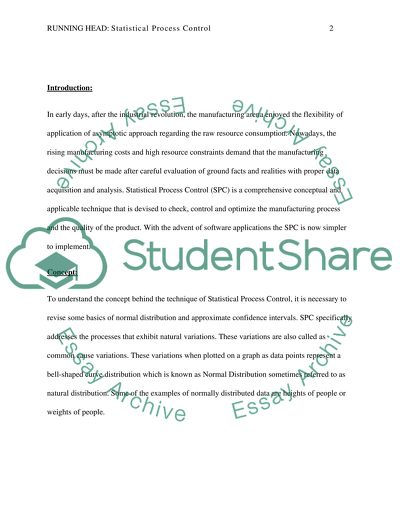Cite this document
(“Ford Motor Company was simultaneously manufacturing a car model with Essay”, n.d.)
Retrieved from https://studentshare.org/statistics/1431544-ford-motor-company-was-simultaneously
Retrieved from https://studentshare.org/statistics/1431544-ford-motor-company-was-simultaneously
(Ford Motor Company Was Simultaneously Manufacturing a Car Model With Essay)
https://studentshare.org/statistics/1431544-ford-motor-company-was-simultaneously.
https://studentshare.org/statistics/1431544-ford-motor-company-was-simultaneously.
“Ford Motor Company Was Simultaneously Manufacturing a Car Model With Essay”, n.d. https://studentshare.org/statistics/1431544-ford-motor-company-was-simultaneously.


